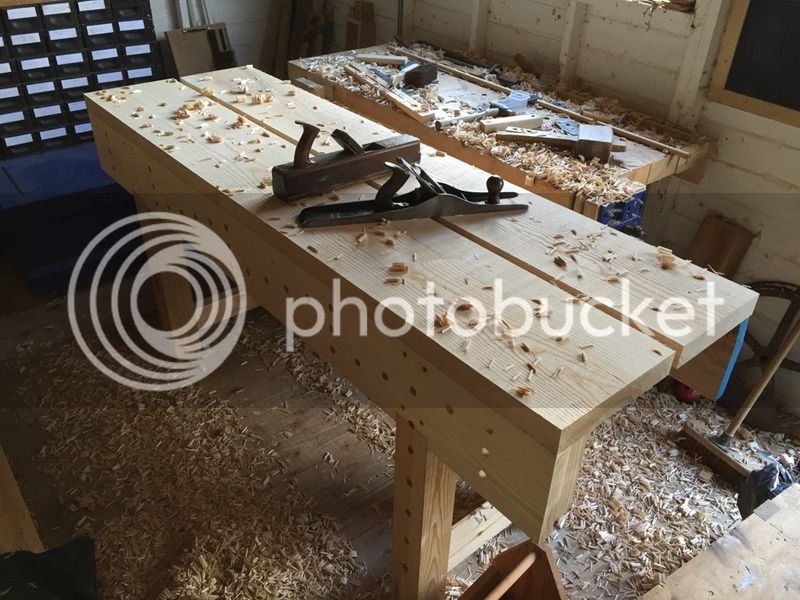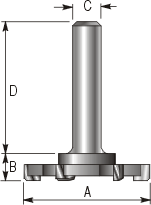Bigbud78
Established Member
Maybe a little over exaggerated but I'm so angry with myself 
I've made the legs and aprons for my new work bench and had left the tops until last, Set it all up and clamped everything up and it all lined up lovely. Started glueing and it took longer than I thought it would, by the time I'd finished the glue was already grabbing The result is a stepped bench top, no problem I thought and next day started planing it by hand.
The result is a stepped bench top, no problem I thought and next day started planing it by hand.
It's going to take forever to sort it and now I'm worried by the time I have both sides flat I'm going to have to take a load off the next plank I do (with different glue) and that I'll not actually get it flat and square all round
Should I just admit defeat and find someone with a thicknesser to help me or should I stick at the hand planing ?
My turning club has a thicknesser but no idea if anyone knows how to use it :/
I've made the legs and aprons for my new work bench and had left the tops until last, Set it all up and clamped everything up and it all lined up lovely. Started glueing and it took longer than I thought it would, by the time I'd finished the glue was already grabbing
It's going to take forever to sort it and now I'm worried by the time I have both sides flat I'm going to have to take a load off the next plank I do (with different glue) and that I'll not actually get it flat and square all round
Should I just admit defeat and find someone with a thicknesser to help me or should I stick at the hand planing ?
My turning club has a thicknesser but no idea if anyone knows how to use it :/







